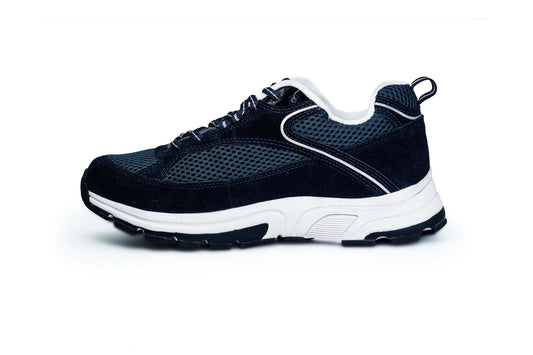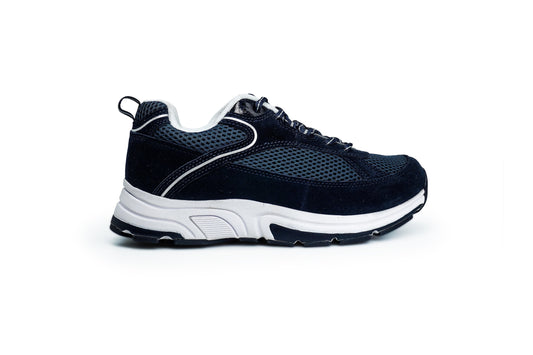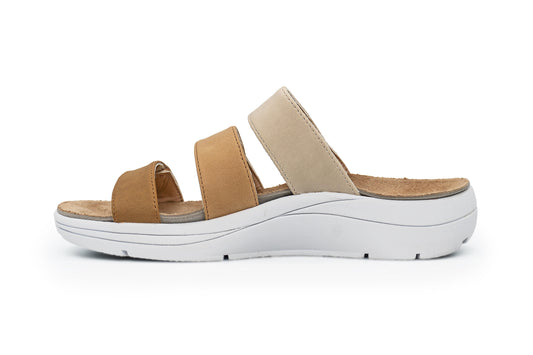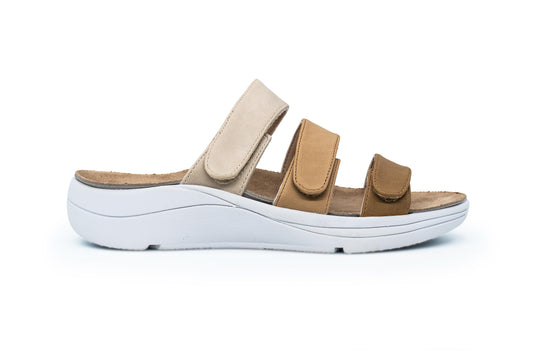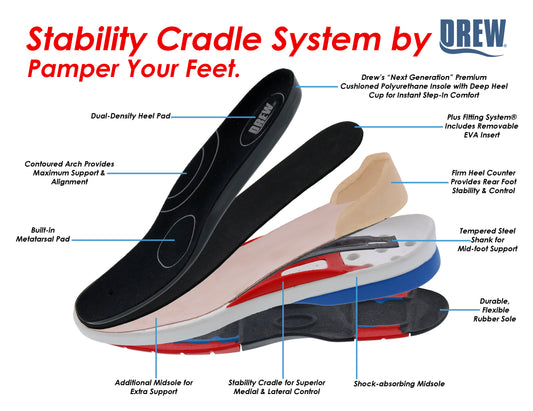WHY PEOPLE WITH DIABETES REQUIRE ORTHOPEDIC SUPPORT
India, at the top of the list for some of the exciting things, also stands as the diabetic capital of the world. The simplest reason for the same is the higher intake of a diet rich in carbohydrates, which gets stored in the form of glucose, a hexose sugar, in our body. Compromised physical labor and sticking to the cubicles of corporate conglomerates have been another reason for the spiked sugar level. Frequent urbanization and reduced physical activity under the umbrella of development, along with abandoning fieldwork, have left India in a crumbling state, crowning it the leader of the diabetic world. Diabetes, medically known as diabetic mellitus, is a condition confirmed by elevated blood sugar levels. The seriousness of the ailment is such that it can lead to the amputation of arms or legs, showing that the condition significantly impacts the legs and feet. This article strives to raise awareness about why people with diabetes require orthopedic assistance
DIABETIC NEUROPATHY AND ITS IMPACT

One of the most common complications associated with diabetes is diabetic neuropathy, or nerve damage, caused by prolonged high blood sugar levels. This nerve damage often affects the feet, leading to loss of sensation, tingling, pain, and weakness. Individuals with diabetic neuropathy may not feel cuts, blisters, or pressure sores on their feet, leaving them exposed to infections, ulcers, and even amputations.
Orthopedic support is crucial for managing these problems, especially through special footwear and orthotic insoles. Special diabetic footwear redistributes pressure and prevents the development of sores and ulcers that may go unnoticed due to loss of sensation. Orthotic insoles offer cushioning and arch support, reduce pressure points, and help with proper foot alignment to minimize the chances of injury.
In some cases, diabetic neuropathy patients need custom orthotics designed to support the foot's specific structure. These orthotics help distribute weight evenly and reduce the risk of deformities, such as Charcot foot (a progressive deformity of the foot’s bones and joints), a complication of neuropathy.
JOINT PROBLEMS WITH INCREASED RISK OF ARTHRITIS

Diabetes increases the risk of joint-related issues, particularly osteoarthritis. Osteoarthritis is a degenerative condition in which cartilage in the joints wears off, leading to pain, stiffness, and swelling. Studies suggest that individuals with diabetes have a higher likelihood of developing osteoarthritis due to inflammation and altered glucose metabolism. The higher prevalence of obesity among diabetics further exacerbates the risk of osteoarthritis, as excess weight places additional strain on joints, especially in the knees, hips, and lower back.
Orthopedic support, such as knee braces, ankle supports, and back supports, can help reduce pressure on affected joints, decrease inflammation, and improve mobility. In addition, physical therapy and exercise programs are recommended to strengthen the muscles around the joints, alleviating strain on bones and cartilage.
FOOT DEFORMITIES AND FOOTWEAR CONDITIONS

Foot deformities, such as bunions, hammer toes, and flat feet, are common among diabetes patients. These deformities result from poor pressure distribution, lack of blood flow, and nerve damage caused by the disease. In most cases, foot deformities lead to pain, difficulty walking, and increased risk of pressure sores or ulcers, particularly with bunions and hammertoes.
Appropriate orthopedic support is essential in these cases. Custom-made footwear and insoles provide ample room in the toe box and cushioning in areas that need it most. Diabetic shoes are designed with deeper toe boxes, added padding, and smooth seams to reduce friction and irritation. These shoes help prevent foot complications associated with deformities, allowing diabetics to walk comfortably and safely.
Severe foot deformities may require surgical realignment of bones or joint reconstruction. Diabetic patients must be carefully managed by orthopedic specialists to avoid complications such as infections or ulcers, which can lead to more severe health issues.
GAIT ABNORMALITIES AND BALANCE ISSUES

Diabetes can cause gait abnormalities and instability in individuals with neuropathy. Gait anomalies stem from a combination of sensory loss in the feet, joint stiffness, and muscle weakness. This condition increases the risk of falls, leading to fractures and other musculoskeletal injuries.
Orthopedic support, such as ankle-foot orthoses (AFOs) or brace supports, can help stabilize the foot and ankle, improving alignment and balance. Additionally, physical therapy can enhance strength, flexibility, and coordination, reducing the risk of falls and improving mobility.
Diabetes can lead to various musculoskeletal complications such as neuropathy, osteoarthritis, foot deformities, and reduced circulation within the body. Orthopedic support plays a vital role in preventing, managing, and treating these complications. The use of specialized footwear, orthotics, physical therapy, and surgical interventions can improve mobility, comfort, and quality of life for individuals with diabetes. Proper orthopedic care not only prevents long-term complications but also enables people with diabetes to maintain active, healthy lifestyles. Monitoring by orthopedic specialists and timely interventions are essential for minimizing the impact of these complications and preserving foot health.
Take the Next Step Towards Comfort and Care
Discover the perfect balance of support, style, and expert guidance for your feet. Explore our collection of orthopedic and diabetic shoes designed to keep you moving with ease.
Start your journey to happy, healthy feet today!
Visit us at DiabeticShoe for more tips, insights, and footwear solutions.
Stay Connected:
Follow us on Facebook, Instagram, YouTube, LinkedIn, Twitter, Pinterest, and Quora for updates, advice, and more informative content.

